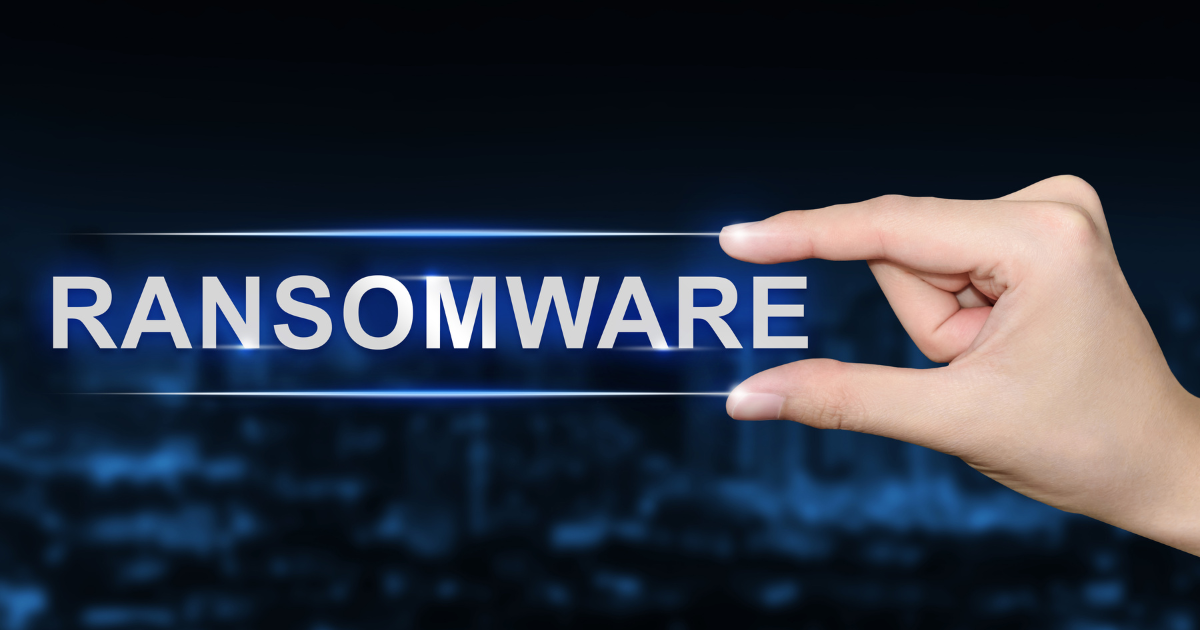What is Ransomware? A Small Business Owner's Guide.
If you’re running a small business, you’ve got enough to deal with—keeping customers happy, managing employees, and trying to keep the coffee pot...
2 min read
 Shane Naugher
:
Apr 14, 2025 10:15:00 AM
Shane Naugher
:
Apr 14, 2025 10:15:00 AM

Think ransomware is your biggest cybersecurity threat? Think again. Cybercriminals have found an even more ruthless way to exploit businesses—data extortion. Instead of encrypting your files and demanding a ransom for decryption, they simply steal your sensitive data and threaten to leak it unless you pay up.
This shift in attack strategy is gaining momentum, and businesses of all sizes are at risk. If you’re not prepared, your company’s private data—client information, employee records, financial documents, and intellectual property—could be exposed to the world, damaging your reputation and financial stability.
Traditional ransomware attacks typically encrypt your data, forcing you to pay for a decryption key. Data extortion, however, bypasses encryption entirely. Here’s how attackers execute their plan:
Because they don’t need to encrypt anything, attackers avoid detection by traditional ransomware defenses and can strike much faster.
Unlike ransomware, where victims have the option to restore encrypted data from backups, data extortion leaves businesses with few options. Paying the ransom doesn’t guarantee the hackers won’t leak the information anyway or demand more money later. The consequences are severe:
Data extortion is gaining popularity because it’s easier, faster, and more profitable for attackers. Unlike ransomware, which requires sophisticated encryption and decryption mechanisms, data theft requires only unauthorized access and simple exfiltration methods. It also increases the pressure on victims, as the fear of public exposure often forces companies to pay quickly.
Traditional cybersecurity defenses aren’t enough to stop this evolving threat. Businesses must take proactive measures:
Cyber extortion is here to stay, and businesses must evolve their security strategies to combat it. By implementing stronger defenses and staying vigilant, you can minimize the risk of falling victim to this growing cybercrime trend. Don’t wait for an attack to expose your vulnerabilities — contact us to protect your business.

If you’re running a small business, you’ve got enough to deal with—keeping customers happy, managing employees, and trying to keep the coffee pot...
If you're launching a startup, you've probably already thought about things like business strategy, marketing, and how to get customers through the...

When running a business, most owners focus on things like great customer service, reliable products, and managing finances. But there’s one crucial...